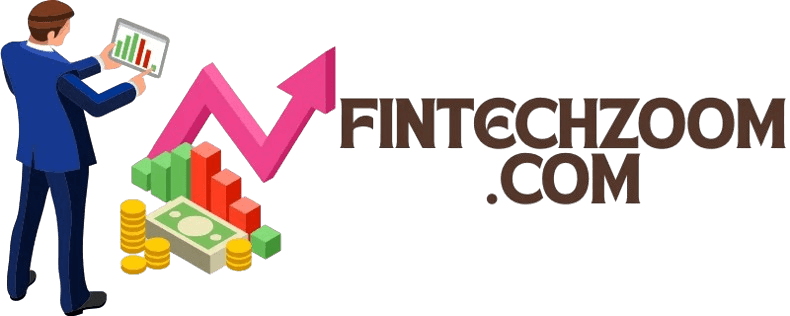Growing a Business From the Inside Out, What to Keep and What to Let Go
Every business leader wants growth, but there’s a difference between piling on more and building something strong from the inside out. True, sustainable growth isn’t about grabbing every trend or bloating your processes. It’s about knowing which pieces are essential to your company’s health and which ones slow it down. It’s important to have intention, alignment, and the discipline to focus on the right things if you want sustainable growth. Let’s explore some ways to make that happen.

Aligning Sales, Marketing, and Customer Success for Long-Term Wins
When sales, marketing, and customer success operate in silos, the customer’s experience suffers and the company leaves money on the table. The alternative is treating them as parts of one unified revenue engine through a thoughtful approach to revenue operations. Instead of handing a new customer off haphazardly, the transition is seamless because all three areas share the same data, goals, and understanding of the client’s needs. For example, when marketing knows which customer profiles have the highest retention, it can attract more of them. When customer success has insight into why prospects originally said yes, it can use that to strengthen the relationship and encourage upsells.
Building Capable Teams With the Right Tools for Learning
A business can’t grow faster than the people running it. You can hire for talent, but even the best hires need training to work at their full potential. One of the most effective ways to make sure skills stay sharp is to use elearning software that makes learning accessible, engaging, and measurable. This isn’t about cramming in one-off training sessions and calling it a day. It’s about creating an environment where knowledge is updated regularly, new hires get up to speed quickly, and employees can revisit lessons as needed.
For instance, imagine onboarding a new project manager who needs to understand your internal processes, compliance requirements, and client communication style. With the right platform, they can learn on their own schedule, revisit tricky modules, and track their progress, without pulling another employee away from their work for repeated training.
Cutting What’s Slowing You Down
Growth often means adding new tools, steps, and meetings. But too many companies treat every addition as permanent, even when it stops serving them. A healthy inside-out strategy involves taking a hard look at your processes and trimming what’s unnecessary.
For example, if a weekly cross-department meeting has turned into an hour-long update with little action coming out of it, it might be better replaced with a shared dashboard or an asynchronous update. The same goes for outdated systems that no longer integrate well with the rest of your tools. Streamlining is about freeing up mental and operational bandwidth so your employees can focus on the work that drives results. Enhance your understanding by reading our in-depth post on Companies Are Shifting to Nearshore Agile Development Models.
Strengthening Internal Communication Before Scaling
Rapid growth can magnify every small miscommunication into a bigger problem. That’s why internal communication needs to be as deliberate as customer communication. This goes beyond sending more emails or scheduling more meetings. It’s about clarity, accountability, and making sure everyone knows where to find the information they need.
A team that knows exactly who to go to for specific issues, and where to access updates, will respond faster to challenges. This is especially critical when you add new hires or expand into new markets. Strong communication systems help your culture scale without diluting it.
Measuring the Right Metrics, Not Just More Metrics
It’s tempting to measure everything, but an overload of metrics can lead to decision paralysis. The key is choosing a few indicators that truly show whether you’re moving in the right direction. If your goal is retention, for example, tracking customer lifetime value and renewal rates will tell you more than counting the number of new leads alone. When your metrics match your priorities, you’ll spot problems earlier and know whether your experiments are working. The wrong metrics can create busywork, but the right ones can keep your team focused and motivated.
Protecting Culture While Growing
Culture isn’t something you can bolt on after growth. It’s either built into your business or it’s not. Protecting it means paying attention to hiring decisions, leadership behaviors, and the everyday choices that shape how people feel about working for you. If your company values innovation, make sure new processes encourage creativity instead of stifling it. If you value customer care, make sure your growth plans don’t cut corners in ways that will hurt service. Scaling without protecting culture is like adding a second story to a house without reinforcing the foundation. At best, you’ll end up with cracks. At worst, the whole thing will collapse.
Growing a business from the inside out isn’t glamorous, but it works. When your different teams are aligned, your employees are capable and engaged, your operations are lean, and your culture is protected, you’re setting yourself up for growth that lasts.




